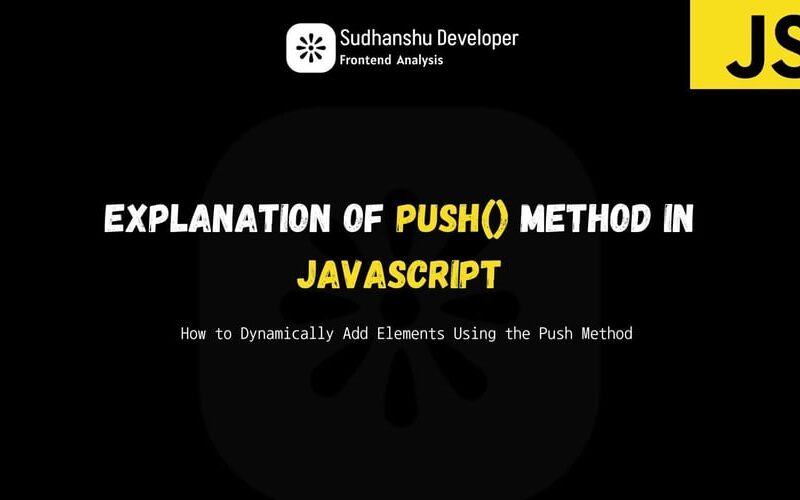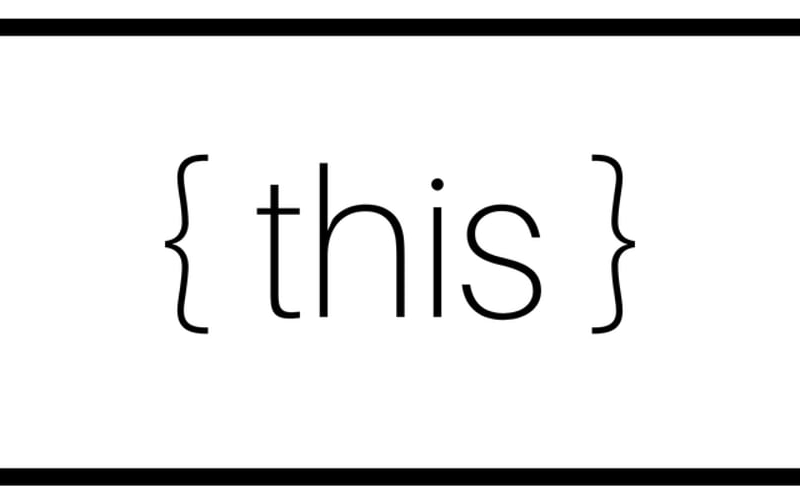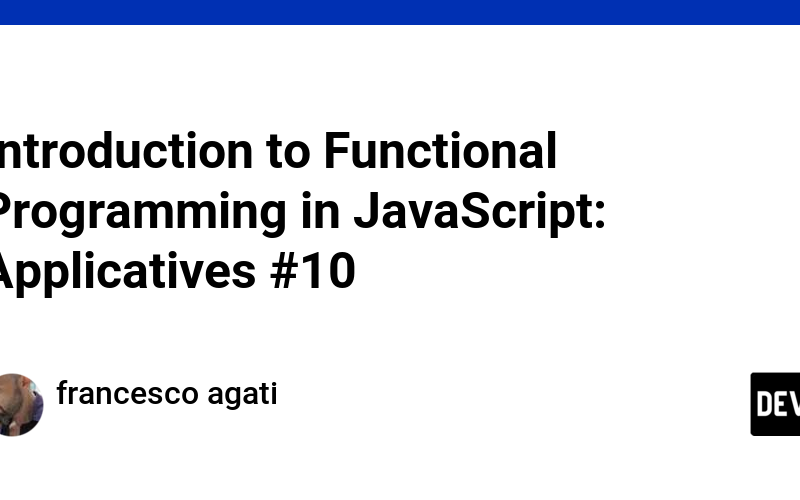17
Jul
Routing is a critical aspect of building modern web applications. React Router is a powerful library that allows you to handle routing in a React application. This guide will introduce you to React Router, covering basic setup and usage, as well as advanced routing techniques and route guards. Introduction to React Router React Router enables navigation between different components in a React application, allowing you to create a single-page application with multiple views. Setting Up React Router To get started with React Router, you need to install it in your project. You can do this using npm or yarn. npm…










